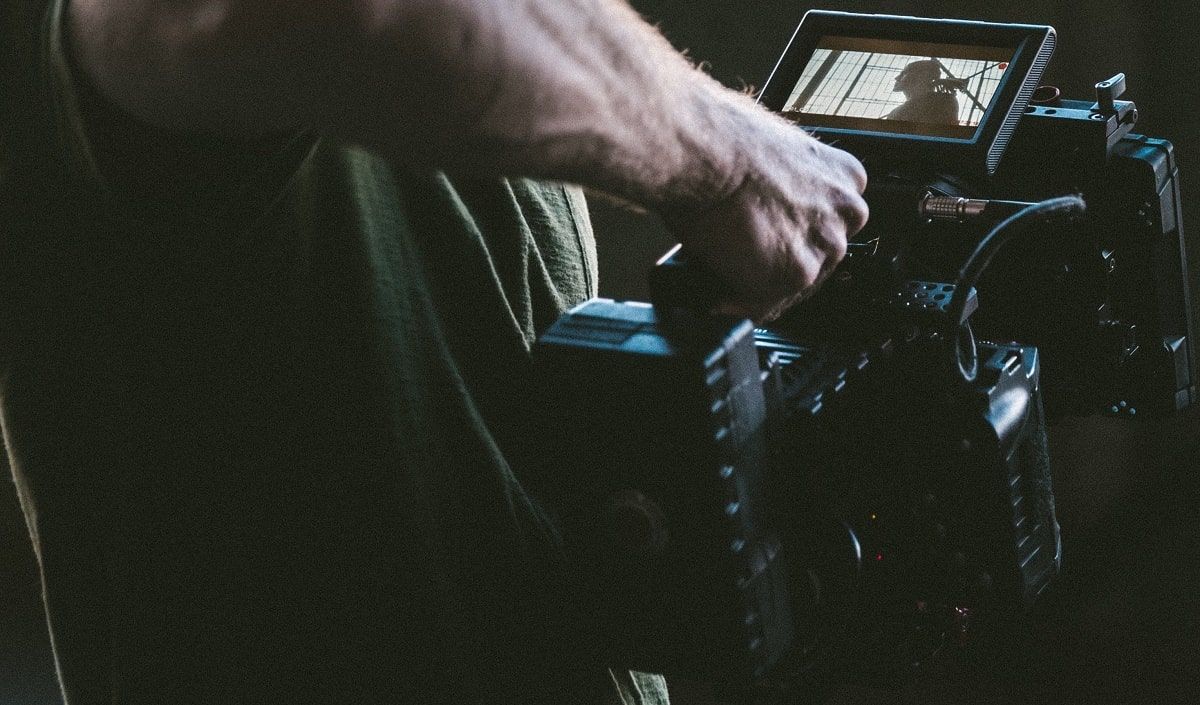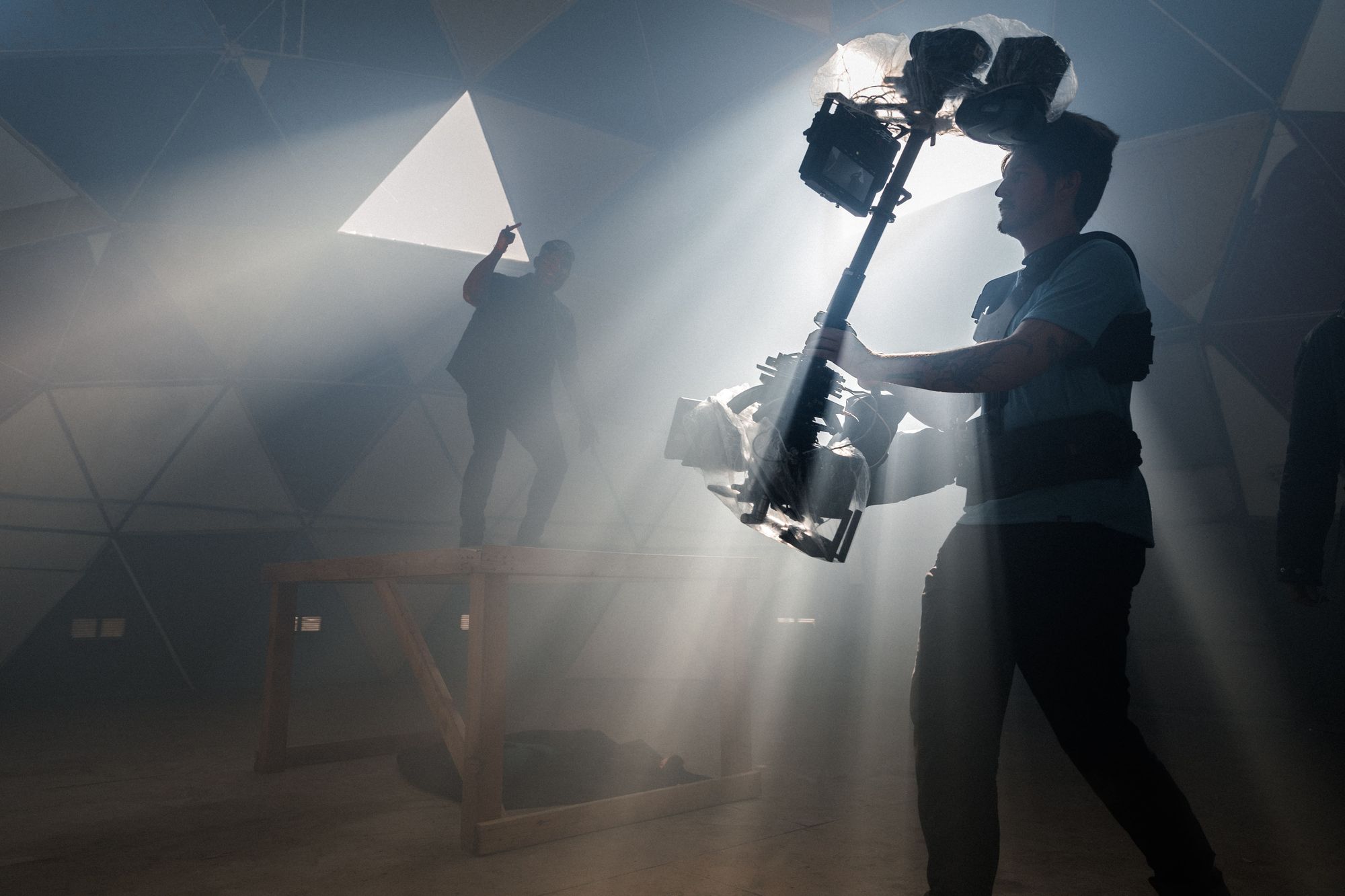Incorporating practical lighting: Tips & Techniques Explained
Rent film gear from local filmmakers.

Rent film gear from local filmmakers.
You may want your film to feel dramatic, romantic, funny, mysterious, happy, or all of the above.
Most importantly, you want it to feel real. Practical lighting is a good technique for making your audience believe in your story.
Let's find out how.
Before learning this technique consider getting a better understanding of some of the basics of lighting.
What is practical lighting in film?
Practical lighting is about using light sources that are present on set and are part of the design of your scene.
Unlike your other lights, practicals are deliberately visible to your audience, and they are used to justify your lights and make your shot more visually attractive.
That said, practicals are not limited to one mood or effect. In short, if you want your narrative to come across, using this technique is the way.

What is practical lighting used for?
Filmmakers use practical lighting to make the audience forget that they are looking at a studio-created fictional scene.
The same way parents want their kids to believe that uncle Kevin wearing a red costume is Santa, cinematographers wish their viewers to consider that Dr House is in an actual operating room.
Essentially, whenever there is unjustified light in a scene, the viewer will feel unsatisfied (even if one fails to understand why), and your story will not be as convincing.
Besides giving context for light, practicals are becoming increasingly popular for creative uses.
They bring new shadows and contrast, making them perfect for providing dimension and depth.
Examples of practical lighting in film
You can produce practical lighting with all sorts of light sources: a fireplace, a computer screen, lamps, traffic lights, light bulbs, etc.
This technique is very popular, and there are endless movie scenes that I could use as examples.
For instance, in "Skyfall" (2012), there is a scene with Moneypenny shaving James Bond, and the candles in the room are used as practicals.
Also, at the beginning of the movie "The Impossible" (2012), the family releases paper lanterns, which work as practicals too.
Trust me, now that you know what these are, you will notice them in every movie.

Using practicals for motivating light
As I said, unjustified light will ruin your visual storytelling.
It is part of human nature to justify everything. I mean, even babies want to know where they have come from (storks, obviously).
And we all feel upset when our car is making a noise, and we can't find out where it is coming from.
The same happens with light in filmmaking.
The audience is not supposed to be aware of what is happening behind the camera, so you must make it feel like there is nothing behind it: no studio lights, softboxes or diffusers.
Let's say you are shooting the silhouette of a woman dancing, and you backlit her by placing a light above her head, then you must include a light behind her (like a neon led on the wall) so that it looks like that is what is creating such visual effect.

How to use practical lighting in film
Undoubtedly, practical lighting will ask for your creativity.
Since practicals can be used either for motivating lighting or for a pinch of visual interest, you must look at them as augmentations.
That said, leave practicals for last.
Start by envisioning what you want your film to look like and place your studio lights accordingly.
Once that is covered, ask yourself: What light should I be justifying? And what light source can I use that suits my scenario and narrative?
When it comes to placement, there are a couple of things you must consider.
First, make sure the practicals match your studio lights (direction wise, for example). Secondly, consider where dimension and depth are needed (maybe you want to enhance the outfit of your subject, or perhaps your background is not differentiated enough).
It can be any light: LED, fluorescent, incandescent, soft or hard.
It just depends on what goes with the context and the result you have in mind.

What's next? Learn all the essential film making techniques
To properly use lighting without compromising the quality of your work, you must get a better understanding of how it works together with other aspects of filmmaking.
To achieve cinematographic results, check out our guide on the basics of filmmaking.
Practical Lighting FAQ
What is practical lighting in film?
The use of lights that are part of the scenario.
Can the sun be used as practical lighting?
Yes.
What are some practical lighting examples?
Light bulbs, lamps, street lights, candles, etc.
How do you use practical lighting?
After setting up your studio lights, place light sources that match your scenario and adjust them to create a cinematographic look.























